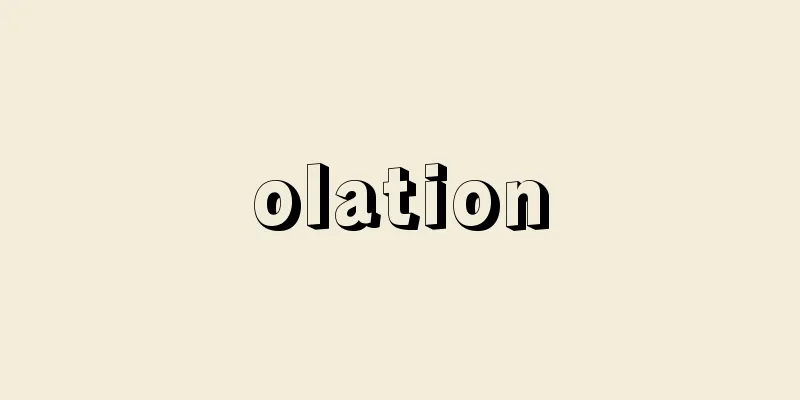Kustari (English spelling)

|
A Russian word of origin from the German Künstler (artist), referring to small-scale businessmen (especially peasants) who produce industrial products for the market. From the emancipation of the Russian serfs in 1861 through the Soviet Union's 1920s, they expanded widely, especially in central Russia, producing all kinds of products (furniture, tableware, farm tools, shoes, clothing, etc.) and handicrafts to meet the daily needs of peasants. Some Narodniks saw this as a unique form of peasant management that combined industry and agriculture, a form of "people's production," but Lenin saw it as an industrial form in the underdeveloped stage of capitalism, and argued that there was a normal capitalist course of development, from kustari to manufacture and then to large-scale mechanized industry. Source: Heibonsha World Encyclopedia, 2nd Edition Information |
|
ドイツ語のKünstler(芸術家)を語源とするロシア語で,市場向けに工業製品を生産する小規模な経営者(とくに農民)をさす。1861年のロシアの農奴解放からソビエトの1920年代にかけて,とくに中央ロシアにおいて広範に展開し,農民の日常的な需要にこたえるあらゆる種類の製品(家具,食器,農具,靴,衣料など)や工芸品を生産した。ナロードニキのなかには,これを農民経営のなかで工業と農業が結合した独特な形態,〈人民の生産〉とみるものがあったが,レーニンは,それを資本主義の未発達な段階の工業形態とし,クスタリからマニュファクチュア,さらに機械制大工業へという通常の資本主義的発展のコースがあると主張した。
出典 株式会社平凡社世界大百科事典 第2版について 情報 |
Recommend
Pintoricchio
…An Italian Quattrocento (15th century High Renai...
Restrictions on Yen Conversion
A method of foreign exchange control to restrict ...
Cercopithecus mona pogonias (English spelling) Cercopithecusmonapogonias
…[Hironari Hayaki]. . … *Some of the terminology ...
Palamás, K.
…He wrote many highly advanced works that went be...
Westcott, WW (English spelling) WestcottWW
...The goal of the group was to decipher the text...
Queen Maud Land
The area is located in the middle of Antarctica, b...
de La Mothe, JBMV (English spelling) deLaMotheJBMV
... The architecture of the mid-18th century was ...
Diocletian - Gaius Aurelius Valerius Diocletianus
Roman Emperor (reigned 284-305). The emperor who ...
Aiguma
〘Noun〙① = Aoguma (blue circles) ※Humor book, Ukiyo...
Briquetting
...For granulation, terms such as pelletizing and...
Stephan, H. von (English spelling) Stephan Hvon
…In order to coordinate basic matters and promote...
"Chinese Studies Commercial Master" - Kangaku Shoda
…He made a living lecturing in various schools. H...
Inō (English spelling)
…When Zeus fell in love with her and gave birth t...
Yasujiro Niwa
Electrical engineer. Born in Mie Prefecture. Grad...
Price index - bukkashisuu (English spelling) price index
It is an index that comprehensively captures pric...









